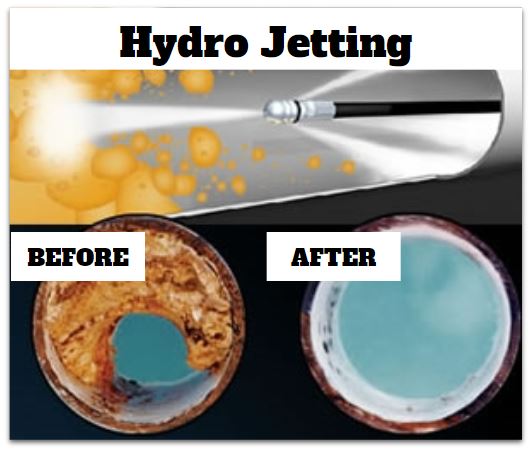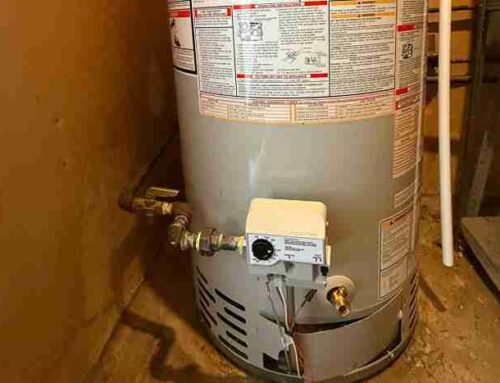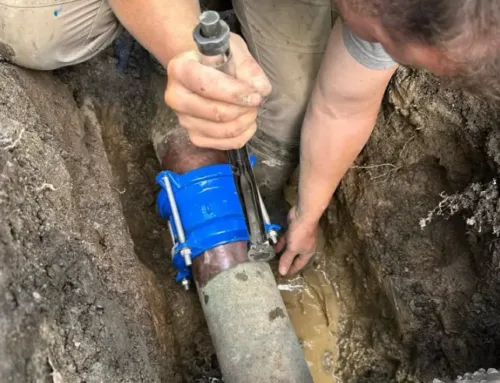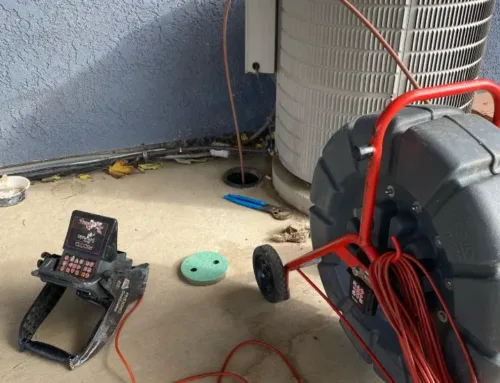Pros and Cons of Hydro Jetting Your Pipes: Is It the Right Choice?
When pipes get clogged, most people reach for a plunger or chemical cleaner, but these quick fixes don’t always solve the problem. That’s where hydro jetting comes in, a plumbing method that uses high-pressure water to clear out buildup, grease, and even tree roots inside pipes. Many homeowners and business owners like this option because it is thorough and long-lasting compared to snaking or store-bought drain cleaners. The most talked-about benefit is how it restores pipes almost to their original flow capacity. At the same time, hydro jetting isn’t perfect and may not be the right choice for every situation. In this article, we’ll explore the main pros and cons of hydro jetting your pipes so you can decide with confidence whether it’s the right solution for your plumbing problems
What Is Hydro Jetting?
Hydro jetting is a method used by plumbers to clean clogged or slow drains with a stream of high-pressure water. Instead of relying on chemicals or mechanical augers, hydro jetting equipment sends water through a special nozzle that sprays in multiple directions. The pressure is strong enough to cut through grease, soap scum, hair, and even small tree roots that may have grown into the pipe.
This technique has been used for years in commercial plumbing but has become more popular in residential plumbing because it provides a deep and lasting clean. Unlike other methods that just poke a hole through the blockage, hydro jetting scours the inside of the pipe wall to clear almost everything in its path.
How Hydro Jetting Works
The process starts with a professional plumber inspecting the pipe using a small sewer camera. This step helps confirm where the clog is and whether the pipe is strong enough to handle high water pressure. Once cleared for use, a hose is fed into the drain line, and the jetting machine pumps water at pressures that can range from 1,500 to over 4,000 PSI.
The nozzle has multiple openings, so the water sprays both forward to break up blockages and backward to flush out debris. As the hose moves through the pipe, it not only pushes clogs out but also scrubs away buildup along the walls. This full cleaning is what makes hydro jetting stand out compared to other options.
The Main Benefits of Hydro Jetting
Deep Cleaning
One of the biggest advantages is the thorough cleaning power. Hydro jetting doesn’t just open up a small passage; it clears the entire diameter of the pipe, almost restoring it to its original condition.
Long-Lasting Results
Because it removes buildup completely, clogs are less likely to return soon. This means fewer service calls and less frustration for homeowners.
Effective on Tough Blockages
Grease, mineral deposits, and even invading roots can be removed with hydro jetting. Traditional snaking often can’t handle these tougher clogs.
Non-Chemical Solution
Hydro jetting uses only water, making it an environmentally friendly choice compared to chemical drain cleaners that can harm both pipes and water systems.
Useful for Both Homes and Businesses
From small kitchen drains to large commercial sewer lines, hydro jetting adapts well to different types of plumbing systems.
When Hydro Jetting Is the Best Option
Hydro jetting is often the go-to choice when clogs keep coming back or when traditional snaking hasn’t solved the issue. It is especially effective for:
- Restaurants or households that deal with heavy grease buildup.
- Older homes have years of soap scum and mineral deposits inside the pipes.
- Situations where tree roots have begun to grow into the sewer line.
- Regular maintenance to prevent future blockages.
By handling the entire buildup instead of just poking through a section, hydro jetting reduces the chance of another backup happening soon after.
Common Drawbacks to Consider
Even with its many strengths, hydro jetting isn’t perfect. Here are a few downsides:
- Cost: Hydro jetting can be more expensive than snaking because it requires specialized equipment and expertise.
- Potential Damage: Pipes that are very old, brittle, or already cracked may not withstand the high water pressure.
- Not Always Necessary: For small, simple clogs, snaking or plunging may be enough and more affordable.
Risks of Using Hydro Jetting on Older Pipes
Older plumbing systems made from clay, cast iron, or pipes with existing cracks may not handle high pressure well. That’s why inspection with a sewer camera before hydro jetting is important. If the pipe is already weak, using this method could make the damage worse and lead to costly repairs.
Comparing Hydro Jetting to Snaking
Snaking uses a cable with a rotating tip to punch through a clog and allow water to flow again. While it can work for simple blockages like hair clumps or toilet paper buildup, it doesn’t clean the pipe walls. Hydro jetting, on the other hand, clears away all buildup, giving you a more complete solution.
In short, snaking is a temporary fix, while hydro jetting often provides a longer-lasting solution.
Long-Term Cost Considerations
Although hydro jetting might cost more upfront, it often saves money in the long run. By preventing recurring clogs, homeowners may avoid multiple service calls and emergency plumbing visits. A clean sewer line also lowers the risk of bigger problems, like backups that could damage flooring, walls, or landscaping.
Environmental Impact of Hydro Jetting
Hydro jetting is one of the most eco-friendly plumbing solutions available. It avoids chemical cleaners, which can damage pipes and contaminate groundwater. Using only water means no harmful substances enter the sewer system, making it a safer choice for the environment.
Safety Factors and Professional Use
Because hydro jetting involves high water pressure, it should always be done by a professional. Attempting it without the right training could cause injury or pipe damage. Professional plumbers know how to adjust the water pressure based on pipe condition and material, ensuring the process is both safe and effective.
Signs You Might Need Hydro Jetting
You may want to consider hydro jetting if you notice:
- Drains that keep clogging even after snaking or plunging.
- Multiple drains in the home are backing up at the same time.
- Slow-moving drains that don’t improve with basic methods.
- Bad odors coming from sinks, tubs, or floor drains.
These signs suggest a buildup deep inside the pipes that requires more than a quick fix.
Final Thoughts: Is Hydro Jetting Worth It?
Hydro jetting is one of the most powerful and effective methods for cleaning pipes. It provides a deeper clean, longer-lasting results, and a safer alternative to chemical cleaners. On the other hand, it may not be the best fit for old or fragile pipes, and it comes with a higher upfront cost than traditional snaking.
If you’re struggling with frequent clogs, slow drains, or stubborn buildup, hydro jetting can be a smart choice. By weighing the pros and cons of hydro jetting, you’ll be better prepared to choose the right solution for your home or business plumbing system.
FAQs

Arman Grigoryan
Founder & President of New Flow Plumbing
Arman Grigoryan is the founder and president of New Flow Plumbing, proudly serving Los Angeles, Sacramento, and surrounding areas. With extensive experience in plumbing diagnostics, he leads a skilled team specializing in advanced sewer and drain camera inspections to quickly identify problems and deliver lasting solutions. Arman is dedicated to using the latest technology to provide reliable service, honest answers, and dependable results for every customer.







